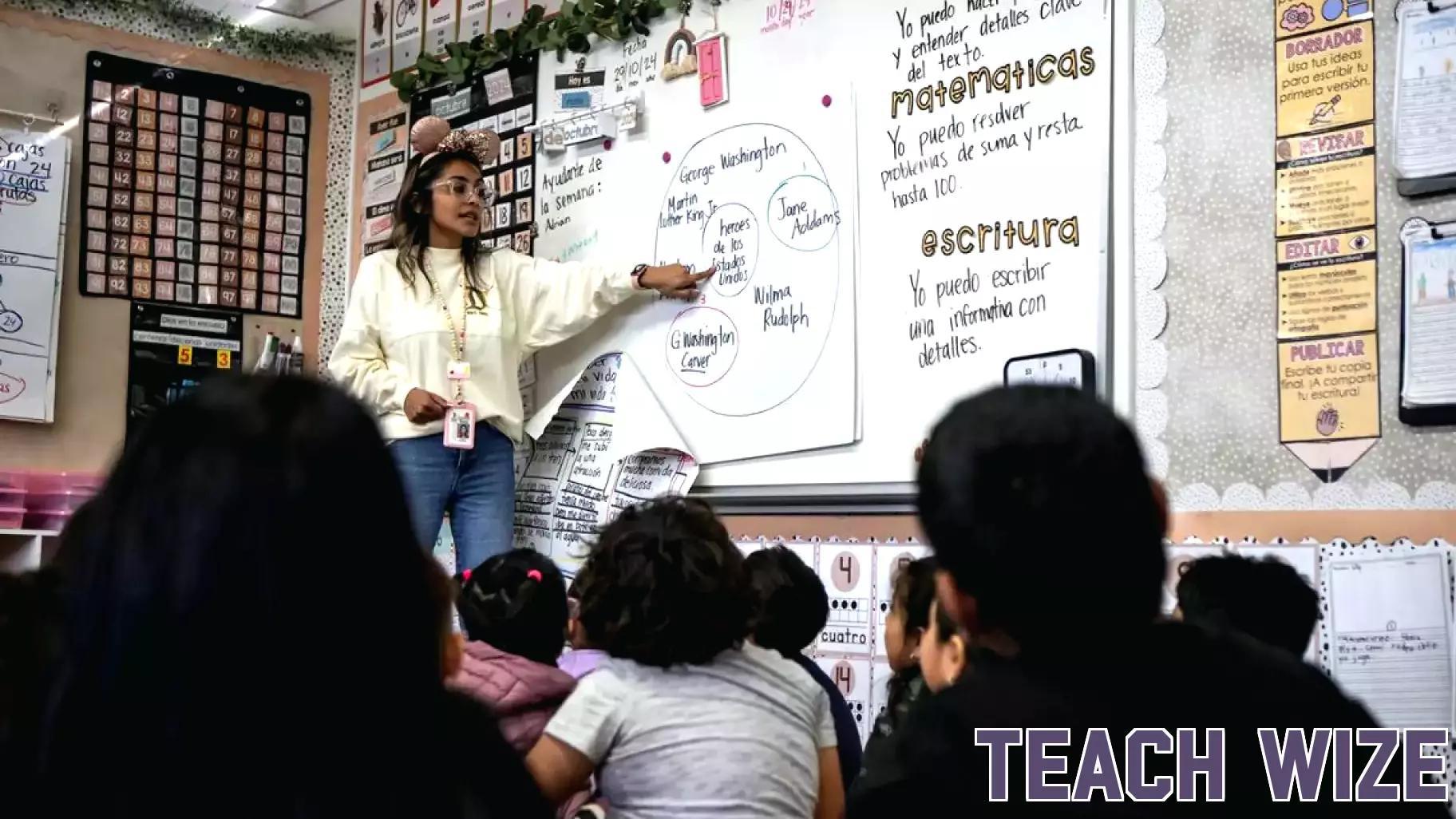California's Bilingual Education Ban: Ongoing Challenges
December 30, 2024 - 22:16

In 1953, Bárbara Flores stepped into kindergarten at Washington Elementary School in Madera, California, a quaint city nestled within the Central Valley’s agricultural landscape. The excitement from her mother and grandmother was palpable; they promised her a world of learning and joy in school. Little did young Bárbara know that her journey would be intertwined with the complexities of language and education in a state that had recently enacted a ban on bilingual education.
Despite the hopes and dreams of families, California's decision to eliminate bilingual programs has led to significant struggles for many students. The absence of these programs has made it difficult for non-English speaking children to thrive academically. As schools grapple with the challenge of teaching students who come from diverse linguistic backgrounds, many educators are advocating for a reevaluation of policies that hinder the educational progress of these learners. The legacy of this ban continues to affect generations, raising questions about inclusivity and the future of language education in the state.
MORE NEWS

December 29, 2025 - 19:37
GOP Lawmakers Push for Increased Loan Limits for Nursing DegreesThe Department of Education currently maintains a list of professions eligible for higher borrowing limits to finance advanced degrees. Recently, Republican lawmakers have intensified their efforts...

December 29, 2025 - 10:36
Major Education Developments in Minnesota for 2025In 2025, Minnesota`s education landscape was significantly impacted by several key developments. One of the most notable stories was the push against Diversity, Equity, and Inclusion (DEI)...

December 28, 2025 - 19:39
A Tribute to a Dedicated Educator: Reflections of a Rural Louisiana SuperintendentAl Simmons, who recently concluded his tenure as superintendent of the Winn Parish School System in December, embodies the spirit of what many refer to as a true “school man.” Throughout his...

December 27, 2025 - 23:46
Trustee from Dearborn Board of Education Detained by Israeli AuthoritiesA trustee on the Dearborn Board of Education was detained by Israeli police in Nazareth, according to a lawmaker and colleague on Friday. The incident has raised concerns and garnered attention...